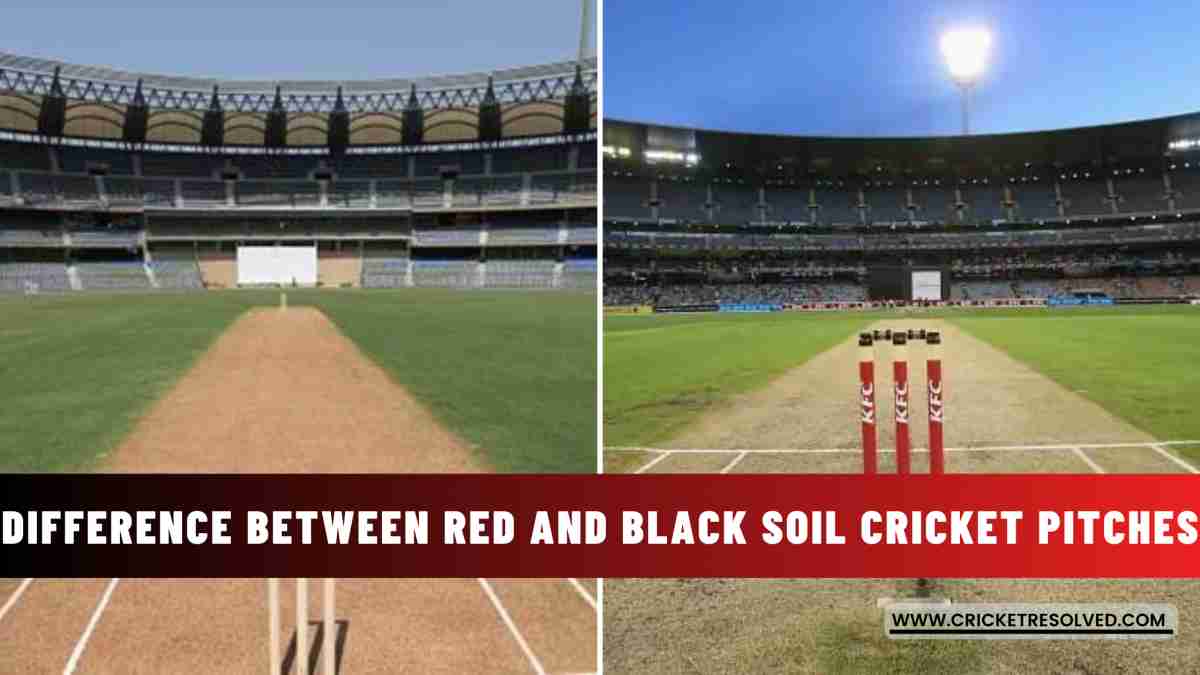
The 22-yard surface in the middle of a cricket ground, known as the pitch, plays an important role in how a match pans out.
That’s the same pitch where batters make tons of runs, pacers get bounce and speed, and spinners turn the ball.
But all this depends on the type of soil used to prepare the pitch. And there are 2 kinds of soils used around many grounds — red and black.
Both types of soil have some key differences between them. So let’s glance at the difference between red and black soil pitches in cricket here.
But before we look at the dissimilarities, let’s understand the soil composition in a pitch.
What are cricket pitches made of?
Cricket pitches are made up of a composition of soil. To give you an idea, let’s see the soil composition of a good pitch.
If a curator wants to prepare an ideal cricket pitch, then the clay content needs to be above 50 percent, the fine sand and silt need to be below 20 percent, and the sand content needs to be below 5 percent.
Now this is what a good pitch is made up of. But the components can be increased or decreased according to the requirements of the match.
The type of soil used during the pitch preparation further decides how the surface plays out during a game. That’s when the characteristics of both of these soils come into the picture.
Also Read | How to Read a Cricket Pitch?
So what’s the difference between red and black soils?
Red soil has less clay content and more silt as compared to black. This means the soil absorbs less water, resulting in lesser elasticity and more wear and tear.
Since the water absorption capacity is low, the red soil pitch starts to break up due to dryness. You must have seen such dusty pitches in the Indian subcontinent, where the use of red soil pitches is predominant.
But black soil pitches are the exact opposite of this. Black soil has more clay content, which means it can absorb more water.
This results in more springiness in the pitch and doesn’t break away too soon, like the red soil track. You can find black-soil pitches more often in Australian venues.
How do red and black soil pitches play out?
Red soil, despite its characteristics, provides good bounce to the bowlers and keeps a balanced contest between bat and ball.
As the pitch breaks up, spinners benefit from the dust patches on the surface, helping them turn the ball to good effect.
Black soil pitch, on the other hand, has an uneven bounce. This keeps batters on their toes, as the uneven bounce keeps them back from executing their shots.
But bowlers find more help as the surface offers grip. Spinners can dominate on black soil pitches from the start, troubling batters with the turn.
Read Next | What are the Wide Ball Rules in Cricket?


